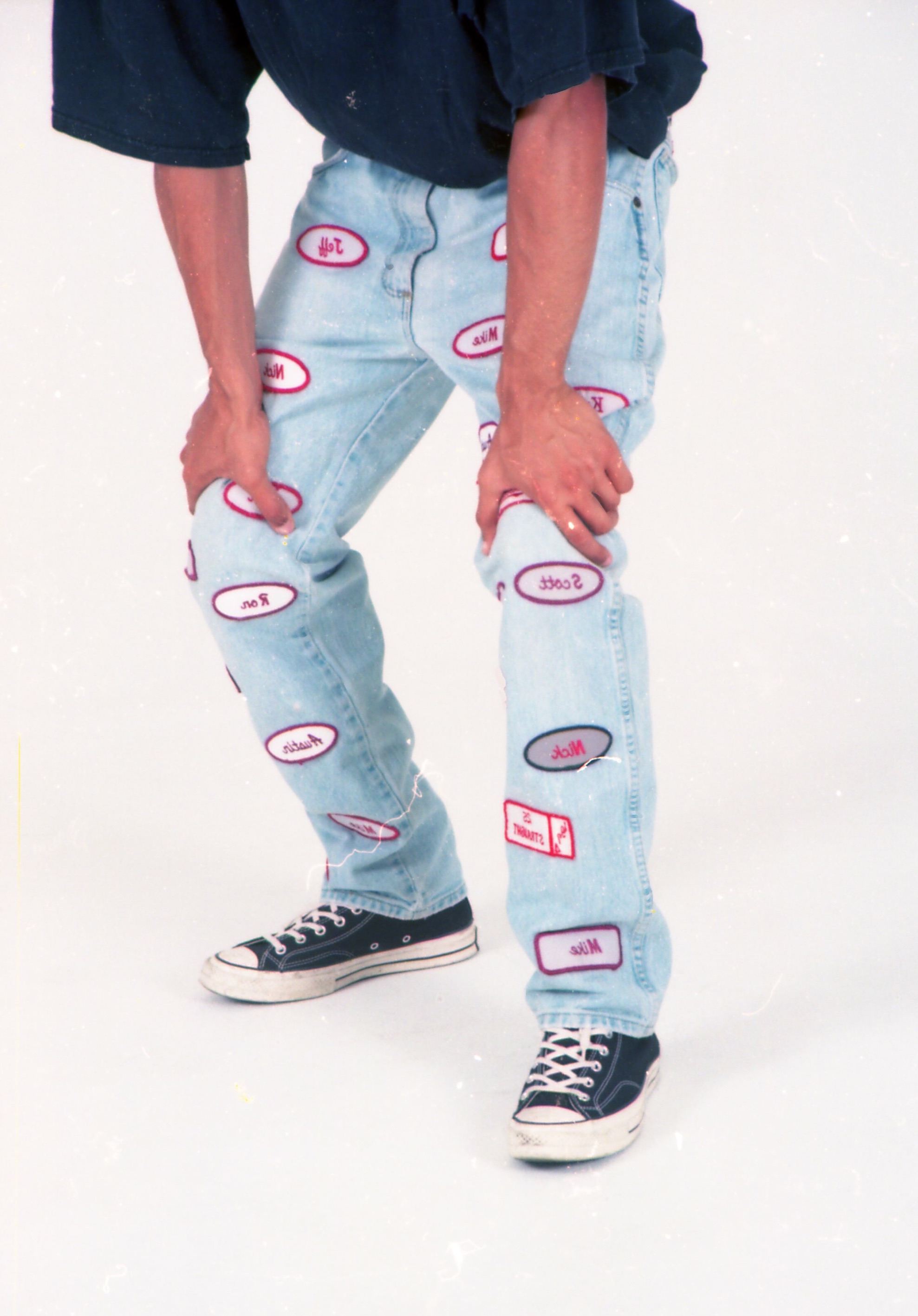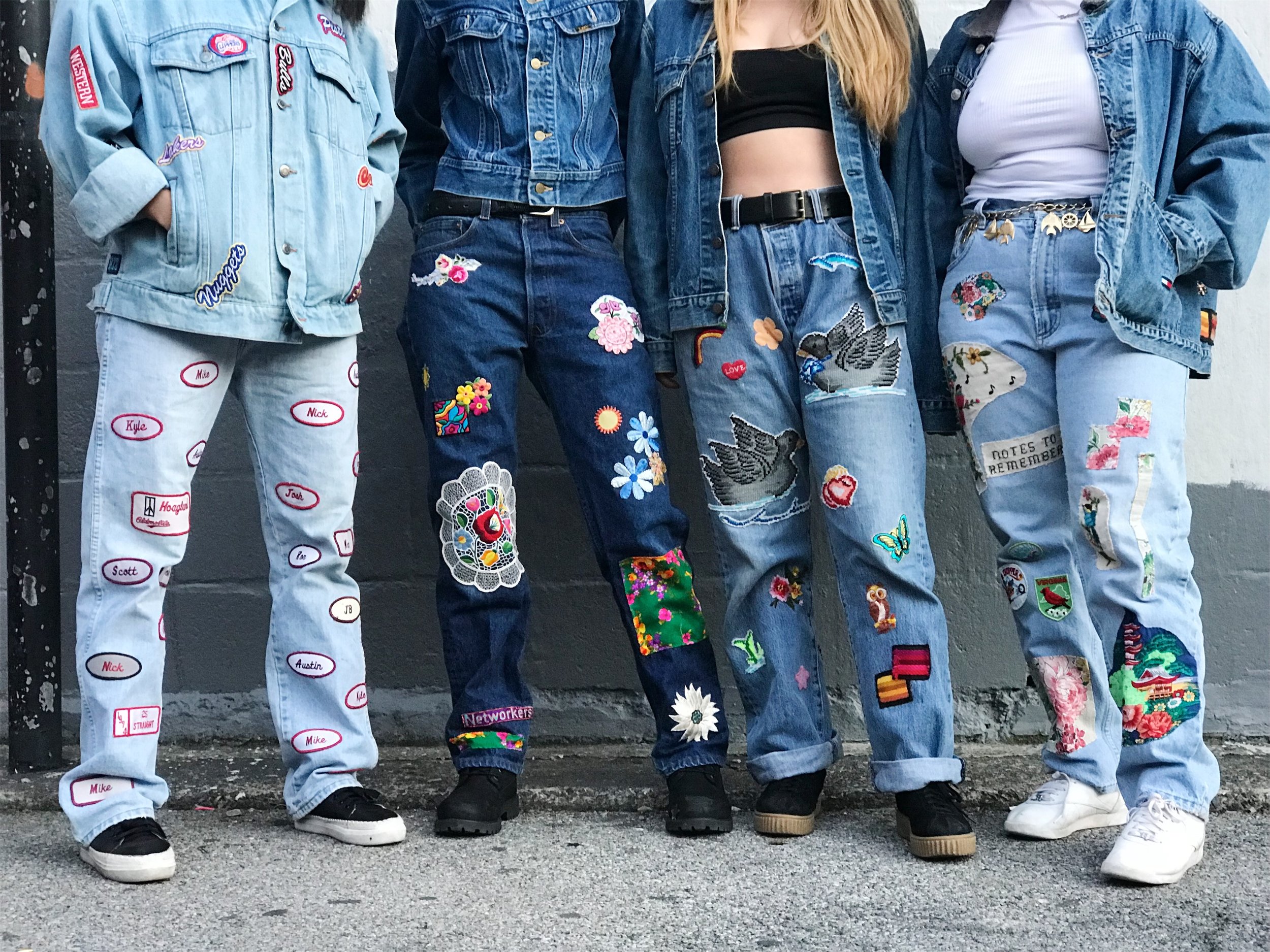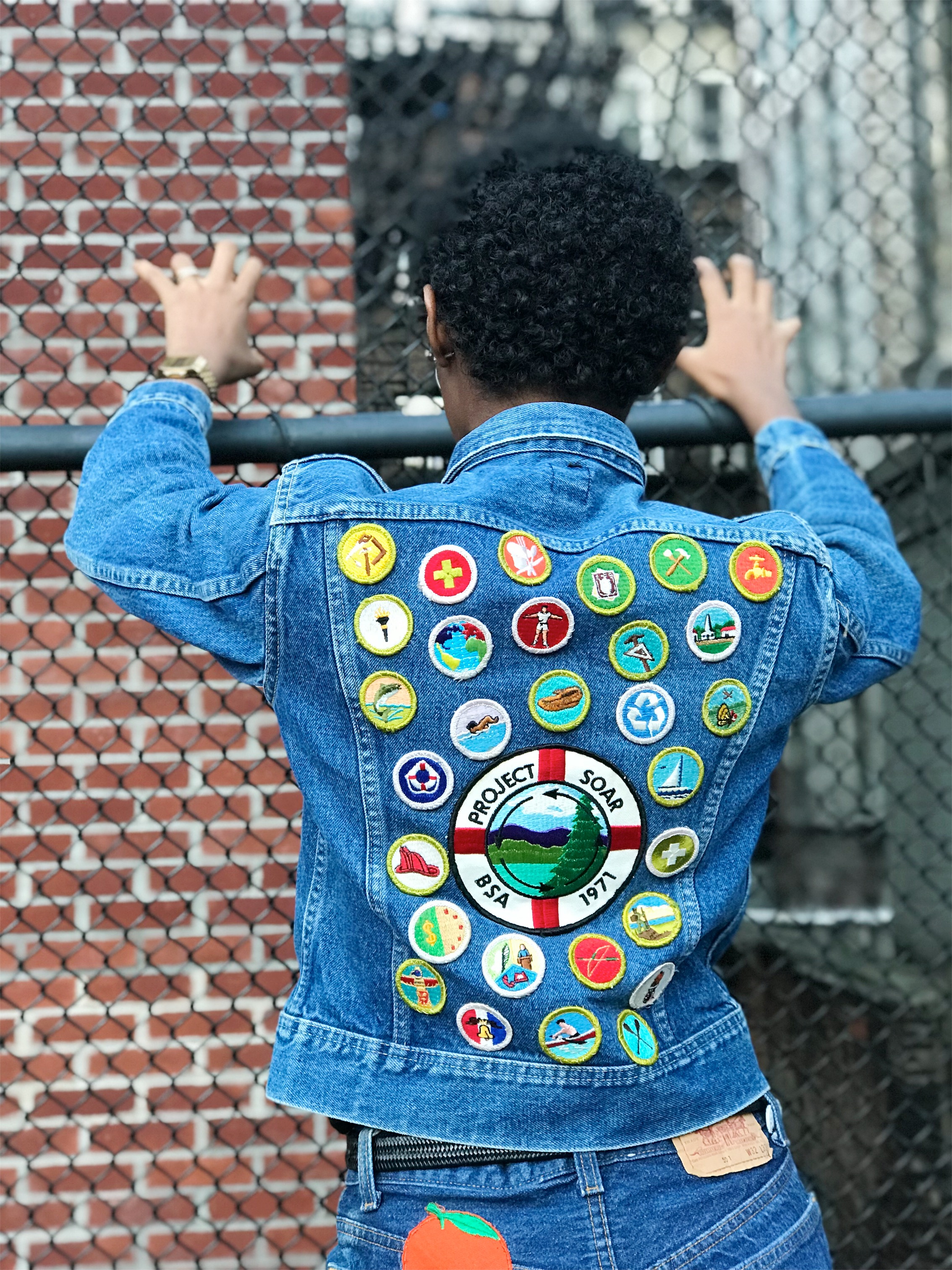The Series
The Series is a sensible and environmentally conscious brand that is all about changing the way people look at fast fashion. They are here to make a smaller environmental footprint in the fashion industry by repurposing items that people can still use for a long time. Creating and repurposing is at their core and work that Ella and her team puts into the pieces is what makes each piece special and more about quality than quantity.
Malik Fequiere
Ella Wiznia
So, tell us about The Series.
The Series is a brand of clothing created only of vintage and repurposed materials. Every piece is one-of-a-kind and made in New York! The mission behind the brand is to create season less, genderless, and timeless clothing using textiles and materials that already exist, therefore cutting down on manufacturing demands and being kind to our planet and its resources.
Many people don’t usually think about where their clothes come from, how are you guys working towards that?
I think it all starts with a personal value and awareness. I began watching documentaries and reading articles and books on the fashion industry's impact on the environment (the fashion industry is the second largest contributor of greenhouse gasses, right after oil) a little over a year ago. I made the decision to not buy any new textiles or clothing, only secondhand and vintage. Having done even more research over the past year I realize just how huge this problem is and that if we want to protect our planet and all its beings, we are all going to need to make these personal changes. Clothing is something that people will always need and so much already exists, it is crazy to keep producing more disposable pieces. Not to mention the horrendous working conditions of the people who supply many of the fast fashion retailers. So, in The Series, we try to be as transparent as possible about each step and each article of clothing we produce.
Speaking on working conditions, how many people work on the Clothing with you?
Well, all the denim so far has been made by me, “laughs” so party of one. I take vintage denim sourced from thrift stores as well as vintage wholesaler and decorate them with vintage embroidered linens, patches, and fabric which I then all hand sew on. We are expanding though from solely denim to tees, dresses, jackets, etc. all made of vintage fabric. That work is being done by two wonderful women in Brooklyn, who are master seamstresses and have such an amazing eye for detail and how clothing should be made. They are so passionate and hardworking, they are truly magic!
You speak on vintage clothing how does the past influence the way you market your brand on Instagram?
That is such a fabulous question. I like to think of the photos that we post as collages, just as I think of the clothing we make. We mix new with old to create a completely unique style and vision. So, the photos on our Instagram are largely taken by amazing emerging photographers that have their own style and voice. We take those images and reconstruct, reposition, and reinvent them. We then take cool illustrations and images (largely from the 1960s and 1970s) and do the same to those. And then we put them together and make some fun (and I think funny) collages.
Do you think people need to understand quality over quantity? And how do you figure out the price of pieces?
So much. I think that this is very counter to the messages that many brands and media sources try to throw at consumers, but something that is important to resist and be aware of. A piece that you love and will wear for years and years and years is, in my opinion, worth so much more than dozens of throw-away clothing.
The prices that each piece goes for is dependent on the price of the material and work that goes into making it. The women who sew for us set their own prices and we source vintage material from mainly small owned business and sellers. So, no the prices aren’t comparable to a dress from H&M or Zara, but we are helping to support other businesses and workers, and ensuring that their needs are met too. But as you said, we make quality pieces. So that jacket or dress or even tee that you get from us is going to be with you for the long run. The upfront investment may be a little more, but in the end, it all equals out.
Do you think that fashion needs to slow down, or it’s fine because it always gives people more options?
It’s a really difficult question because even though a quality piece of clothing would be a better investment long-term, not everyone can pay X amount upfront, and clothing should be accessible to everyone. However, I think a lot of changes need to happen surrounding fashion.
Name Three changes:
Can I name more? “Laughs”
1. Yes, SLOW IT DOWN. TOO MUCH CLOTHING IS BEING PRODUCED!!!! Instead of 4 collections a year, coinciding with the seasons, many stores now put out 52 collections a year, that’s one every week. Since 2000, the amount of clothing produced annually has doubled and on average, a person buys 60% more clothing and keeps it for half as long. And recycling your unwanted clothing doesn’t always help. There just aren’t enough adequate and reliable technology to entirely transform all garments into fibers to become new goods. Three-fifths of “recycled” clothing winds up in landfills or incinerators.
2. HUMANS RIGHTS ARE WORTH A HELL OF A LOT MORE THAN A 99 CENT TANK. Policy needs to change allowing the creation of unions in countries where that isn’t yet legal (which is way more than you would think.) This would allow workers and the organizations that protect them to set their own standards and working conditions,
3. WE NEED ROLE MODELS NOT FASHION MODELS. I heard that a study done in 2016 show that more than 90% of the 3,000 models polled from the world’s leading modeling agencies are considered underweight according to their body mass index. Models are increasingly seen as people to emulate and want to look like and be like, but this is not healthy, physically, or mentally. I have battled for years with an eating disorder, and one of the most helpful ways I was able to heal was through looking to brilliant, hilarious, talented, badass people just living their life doing what they do, owning what they have and look like. These are the most beautiful people in my opinion and these are the people I want to be both “modeling” and wearing The Series. I prefer to say (role)modeling.
Sometimes that inclusivity does not include men, most times men are perceived as add on in shoots how does The Series plan to change positive images for men, and should the industry think about that?
I couldn’t agree more. Each piece of clothing made by The Series is for all beings. There is no womenswear or menswear, there is clothing for people and anyone can and should wear anything that makes them feel confident and happy. Dressing is an art and a compelling and sincere form of expression and there should be no limits on what can be used. We make sure that both editorial photo shoots and product images
defy conservative and controlled limits of what is expected bot regarding “gender norms” and traditional definitions of beauty.








